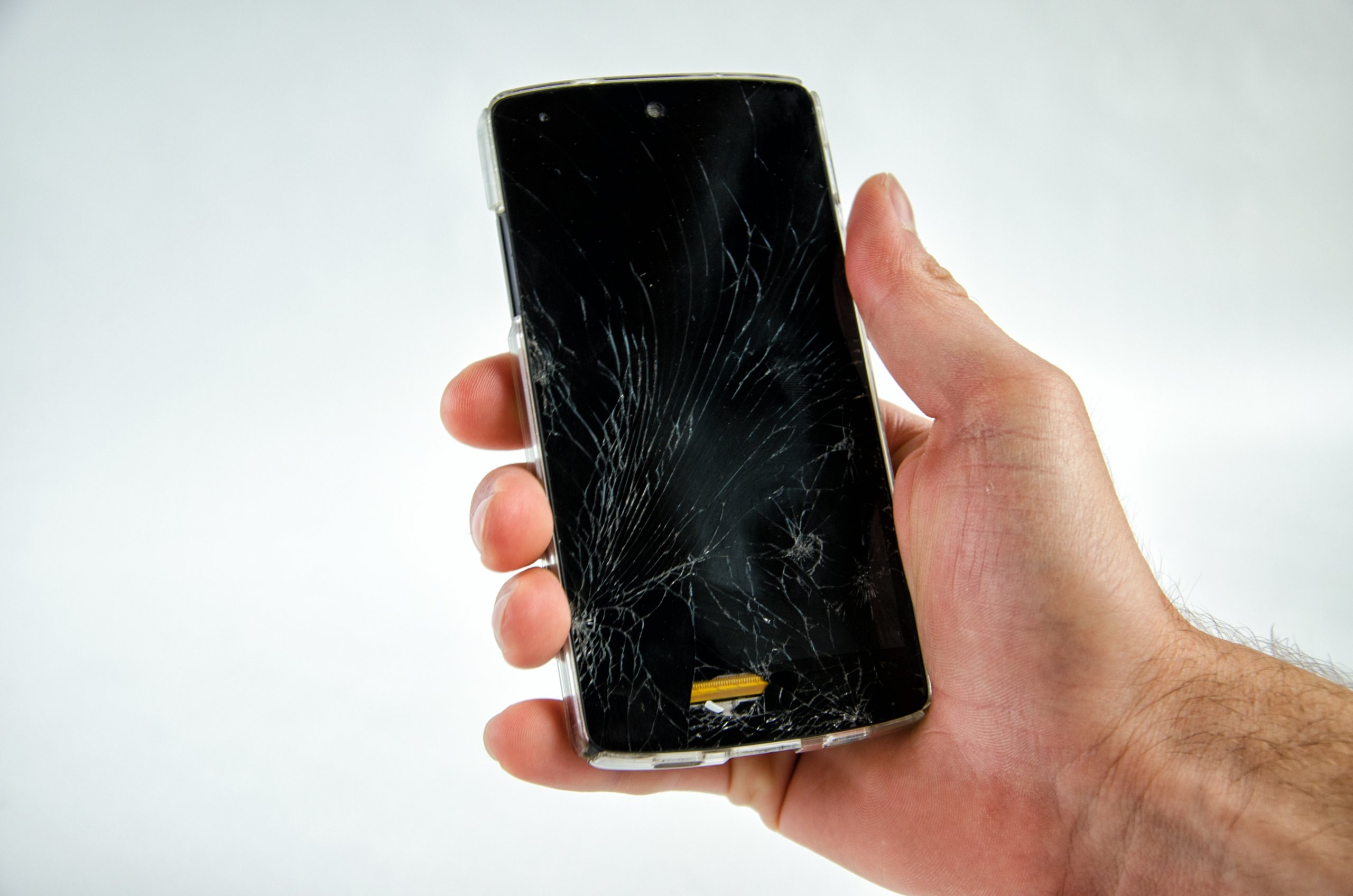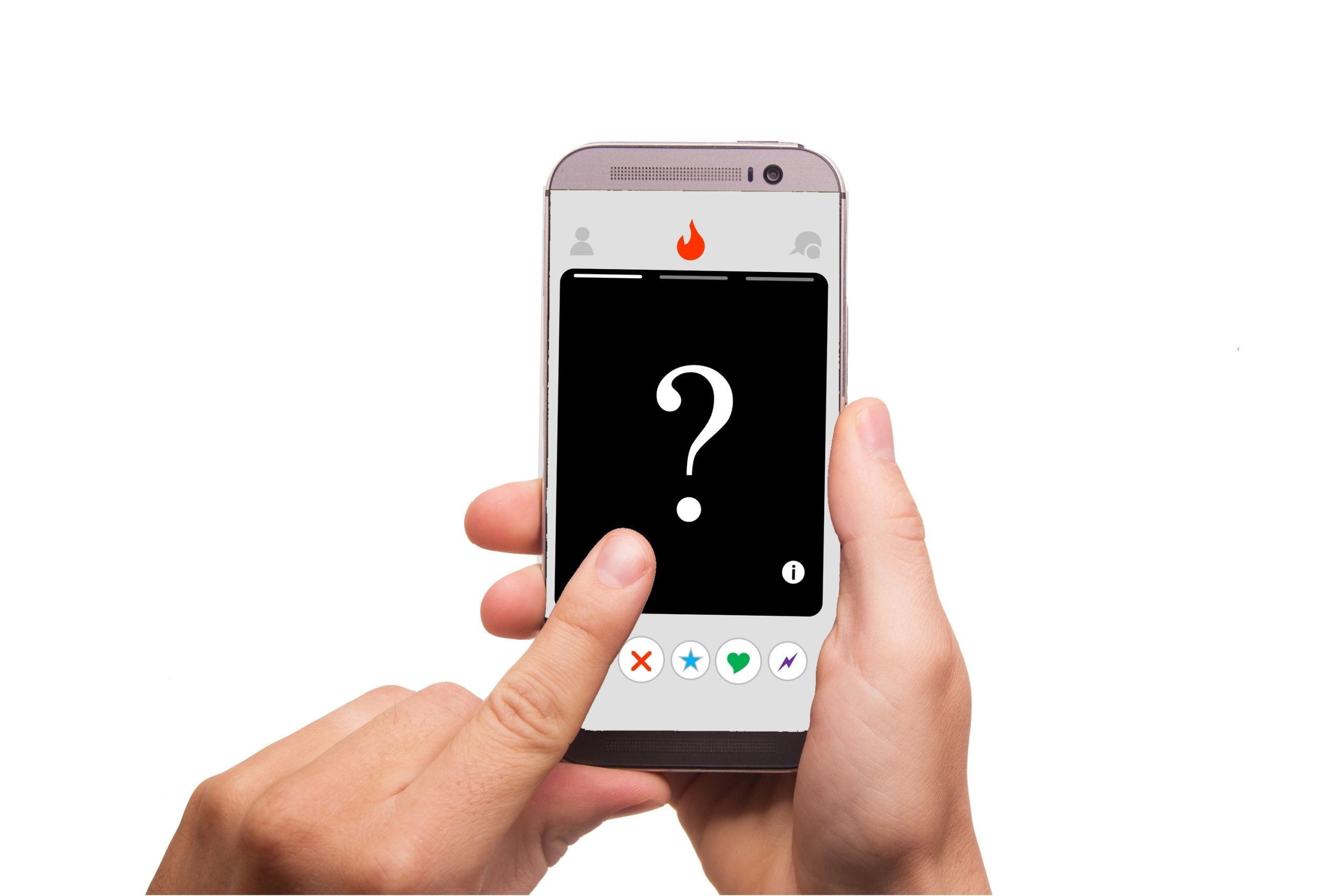
Making apps is hard. Waiting for apps to be approved by the apple app store? Nerve-wracking.
For developers, the biggest frustration with the App Store review process is that apps are often returned as soon as an issue is found, rather than receiving a top-to-bottom check the first time around. For example, an app returned for metadata errors may still have a broken link or interface glitch that needs fixing — but the developer won’t find out about the additional issues until they’ve re-submitted their app, waited a couple weeks for review, and gotten rejected again.
It’s not uncommon for individual or inexperienced iPhone app developers to submit an app two, three, or ten times before being accepted. Meanwhile, carefully-planned launch campaigns hang in the balance for weeks. It’s one of the biggest reasons that developers working with agencies experience greater success than those trying to manage sprawling code bases by themselves, or with teams of freelancers.
While you might expect bugs and performance issues to be the biggest problem facing iOS app developers, an official report on Apple’s developer blog shows that only 12 percent of app store rejections are caused by bugs, making them only the second-most prevalent problem (behind incomplete information, at a surprising 16 percent).
So, what are the most common reasons for App Store rejections? And most importantly, how can your startup avoid them?
In this post we’ll run through the most common reasons apps get rejected from the app store, and a few of the tips and tricks we like to keep in mind here at Dogtown Media when planning iOS app submissions.
1. “More information needed”
Complex mobile apps require quite a bit of secondary data for Apple’s QA testers and content screeners to be able to do their job. How will they log in? How will they text private chat? What about features using IoT devices?
Make sure you’ve considered the following when submitting app information to the Apple Store:
- Demo accounts: failing to provide demo accounts and login credentials is a surprisingly common issue with App Store submissions.
- Demo videos: demo videos are a great idea, especially for complex or innovative apps where the features and functionality could be confusing for a user outside your target audience. That being said, be absolutely sure the video you include only includes screen captures — animations and YouTube-style explainer videos are strongly frowned upon.
- IoT and hardware: if your app has features that lean on an external device, that device must be included with your submission.
- Developer contact info: this may seem obvious, but full, detailed contact info must be provided so they can reach you with any questions or requests.
2. Bugs
Glitchy app performance is the second-most-common reason for Apple App Store rejection, accounting for around 12 percent of returns among San Francisco iPhone app developers. Luckily, there’s an easy solution to bugs: thorough QA testing by an experienced iPhone app development company. If you’re already working with a mobile app development agency, this shouldn’t be an issue. If you aren’t, consider partnering with one — or at the very least finding a reputable source for QA testing prior to submission.
3. Poor-quality user interface
Apple is known for maintaining a high aesthetic standard, and app rejections for “ugly” or “over-complicated” user interfaces are common.
Unfortunately for solo and inexperienced developers, the only way to guarantee acceptance is by implementing high-quality UI/UX design throughout the entire app development process.
Always be asking yourself what would be the simplest way to accomplish any user action, and be sure to avoid “decorative” design when a minimal element will do. Users should never be presented with more than three or four choices at a time.
4. Misleading self-representation
The clause in Apple’s submission guidelines may seem like it’s aimed at low-level hucksters, but it’s actually surprisingly common for app developers to unintentionally submit accessory app info that could be considered misleading.
For starters, consider the screenshots to be included in your app description: are they from the most recent version of your app, or a beta? If you’ve changed design elements since drafting up your screenshots, there’s a strong chance Apple’s testers will take notice and send you back to the bottom of the queue.
Also consider the name of your app, description, and any videos included. Like a good press kit, everything should be a simple and streamlined as possible, emphasizing the central use case for your app in straightforward, buzzword-free English.
5. Frequent crashes

Again, QA testing is among the most important aspects of iPhone app development. Particularly predictable app crashes (a sequence of user events that is reproducible and always leads to a crash) will undoubtedly lead to rejection. The crashes that cause more trouble tend to be unpredictable crashes caused by a variety of factors.
Crashes in general are less of a problem with apps developed by dedicated iPhone app development companies. For solo Appreneurs working alone or with freelance teams, random crashes are hard to avoid and more time should be allotted for QA testing.
6. Appropriate EULAs and Privacy Policies
End-User License Agreements (EULAs) are pretty tricky for newcomers to app development; unless you happen to be fluent in legalize, these multi-page documents can be pretty intimidating. Examples of agreements contained in EULAs are community guidelines and support contracts.
Generally, the best move here is to hire a lawyer or iPhone app developer with experience drafting legal documents to determine the key areas of your app’s functionality that will require disclosure and agreement between developer and end user.
For apps that feature user accounts or any disclosure of user information, privacy policies are also a must.
7. Moderation system for user-generated content
User-generated content is the bedrock of social apps — unfortunately, it’s also the bedrock of bullying, harassment, and hate speech. Even apps with Apple-approved moderation features frequently hit the front page of Hacker News for failure to keep users safe from each other. (Forms of harassment like doxing can literally be life-threatening.)
What this means for iPhone app developers is: make your app safe enough for Apple’s moderation standards. Then make it safer.
How will users flag inappropriate content? Is it difficult for users to block each other? Where is the line between free speech and banning accounts? All these questions should be answered in-depth and in writing for both your app development team and your users.
8. Private APIs
APIs are convenient, but private APIs have a tendency to change, resulting in broken links and defective iPhone apps. Apple has traditionally been very strict about this — the company recently kicked F.lux (a wildly popular screen-tinting app) out of the Apple App Store for this very reason, prompting some backlash from iPhone app developers and users committed to the app.
Removing private APIs from your app can be a pain, but it’s worth it to avoid broken links and other bugs — particularly for paid apps, broken APIs can mean lawsuits if your users rely on your app for important use cases like finance or health.
9. Copyright infringement
“Facebook for the workplace!” might be a good description for you iPhone app, but copyrighted terms — even brand names like “Google” that are commonly used as verbs — are a big no-no in app-generated content. The same applies to popular culture references, which can be particularly challenging for apps with brand identities built around engaging with young, brand-saturated users.
10. Placeholder content
The Apple App Store has a big problem with developers submitting unfinished or beta-stage iOS apps. While you might think it’s reasonable to include stock photos or “lorem ipsum” content to demonstrate how the finalized app might “feel,” Apple’s testers will usually return apps with placeholder content back to the developer.
The virtues of a “walled garden”

Critics may portray the Apple App Store as a “walled garden,” but regardless of the difficulty of entering, “walled gardens” can give a competitive edge to those startups that gain entry.
Remember, Apple isn’t the enemy; the Apple App Store requirements are strict because iOS devices place a premium on quality apps. It may not be fair that you got sent to the back of the queue for a single broken link. However, it’s that kind of attention to detail that has made the Apple App Store the best bet for launching profitable mobile apps.
Users downloading apps from Google Play can’t be sure if they’re getting something that will work on their device crash-free. With the Apple App Store, they’re guaranteed your app is worth the bytes it’s stored on — making them much more likely to pull out their wallet and pay for it.





